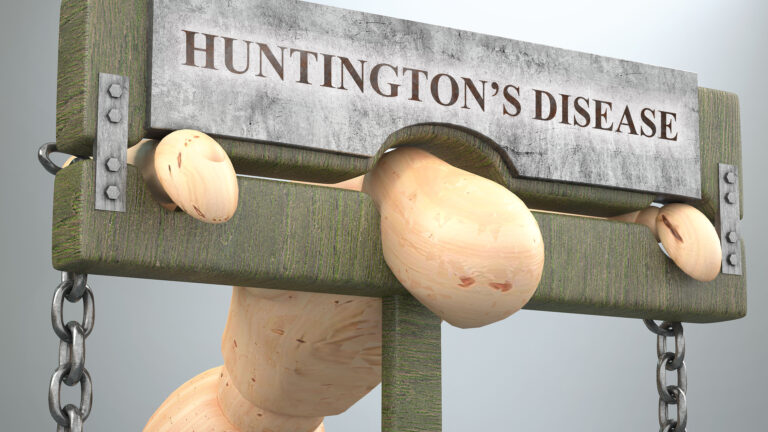Hemorrhagic mild stroke, also known as intracerebral hemorrhage, is a type of stroke that occurs when a blood vessel in the brain ruptures and bleeds into the surrounding tissue. This can cause damage to brain cells and disrupt the flow of oxygen and nutrients, leading to various neurological symptoms. While not as common as ischemic strokes, which occur due to a blockage in the blood vessels, hemorrhagic strokes can have serious consequences and require immediate medical attention.
Causes:
There are several factors that can increase the risk of a hemorrhagic mild stroke. The most common cause is high blood pressure, which weakens the walls of blood vessels in the brain and makes them more prone to rupture. Other risk factors include aging, smoking, excessive alcohol consumption, and the use of certain medications such as blood thinners.
Symptoms:
The symptoms of a hemorrhagic mild stroke can vary depending on the severity and location of the bleeding. However, some common symptoms include sudden and severe headache, weakness or numbness on one side of the body, difficulty speaking or understanding speech, vision changes, and loss of balance or coordination. In some cases, there may also be a loss of consciousness.
Diagnosis:
If someone experiences any of the above symptoms, it is important to seek medical attention immediately. A doctor may perform various tests to diagnose a hemorrhagic mild stroke, including a physical exam, imaging tests such as CT scans or MRI, and blood tests to check for any underlying conditions.
Treatment:
The immediate treatment for a hemorrhagic mild stroke is to stop the bleeding and reduce pressure on the brain. This may involve medications to control blood pressure and prevent further bleeding, as well as surgery to remove any clots or repair damaged blood vessels. In some cases, rehabilitation therapy may also be recommended to help with recovery and regain lost abilities.
Recovery and Prevention:
The recovery and long-term effects of a hemorrhagic mild stroke may vary depending on the severity of the damage and the location of the bleeding. In some cases, patients may experience permanent neurological deficits, while others may make a full recovery. It is important to follow any prescribed medications and lifestyle changes to prevent future strokes, such as maintaining a healthy diet, regular exercise, and managing any underlying health conditions like high blood pressure or diabetes.
Prevention is key in reducing the risk of a hemorrhagic mild stroke. This includes maintaining a healthy lifestyle, avoiding tobacco and excessive alcohol consumption, and controlling any underlying health conditions. Regular check-ups and monitoring of blood pressure can also help detect and manage any potential risk factors.
In conclusion, hemorrhagic mild stroke is a serious medical condition that requires immediate attention. It can have significant impacts on a person’s physical and cognitive abilities, but with prompt treatment and proper management, recovery is possible. Maintaining a healthy lifestyle and managing any underlying health conditions are key in preventing this type of stroke. If you or someone you know experiences any symptoms of a stroke, it is crucial to seek medical help immediately to minimize the potential damage and increase the chances of a successful recovery.





